Menu
Looking for Dysport near Torrance that delivers real, natural-looking results? At Celibre, our experienced medical injectors provide FDA-approved Dysport treatments to soften fine lines, smooth wrinkles, and help you look refreshed, all in a clean, professional setting.
📍 Located in Torrance, CA, we’ve helped thousands of patients safely enjoy the benefits of Dysport.
Dysport (abobotulinumtoxinA) is a prescription injectable that temporarily relaxes the muscles responsible for creating expression lines. Like Botox, Dysport is a purified form of botulinum toxin type A, but its smaller protein structure allows it to spread more easily in certain areas. This can make it ideal for smoothing larger treatment zones such as the forehead.
Originally developed for medical conditions involving muscle spasms, Dysport was later recognized for its cosmetic benefits, delivering smoother, more youthful-looking skin without surgery. It works by blocking the communication between nerves and muscles via the neurotransmitter acetylcholine, preventing the muscle contractions that cause lines to form.
Results typically appear within 2–3 days (faster than Botox for many patients) and last about 3–4 months. Like all neuromodulators, Dysport isn’t permanent, so maintenance treatments are recommended to keep your results.
Our licensed professionals at Celibre Medical in Torrance are skilled in the art of precise Dysport injection. The right dosage and placement make all the difference between a natural, refreshed look and an overdone one. We tailor every treatment to your facial anatomy, muscle movement, and personal goals.
During your consultation, we’ll review your concerns, examine your facial expressions, and create a customized plan. We use ultra-fine needles to minimize discomfort, and additional comfort measures are available if needed.
Experience the difference with real before-and-after results from Torrance Dysport patients.
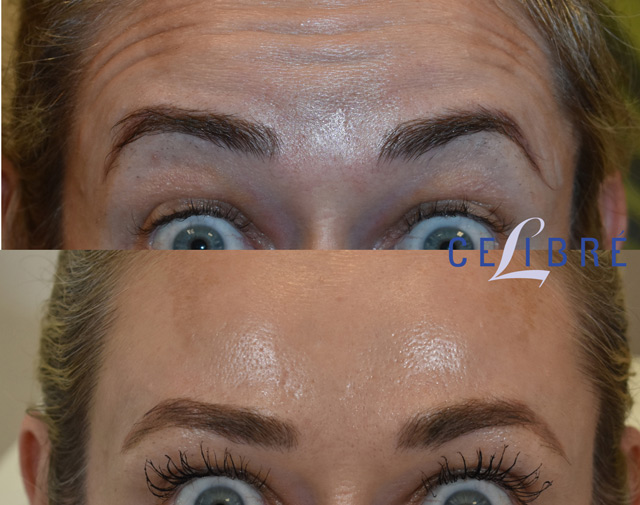
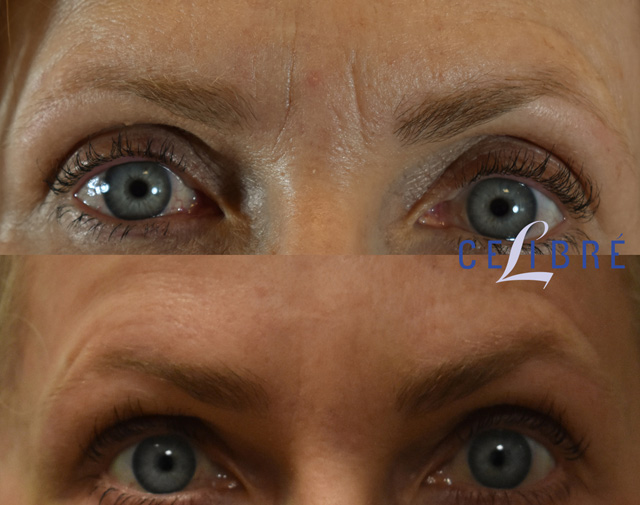
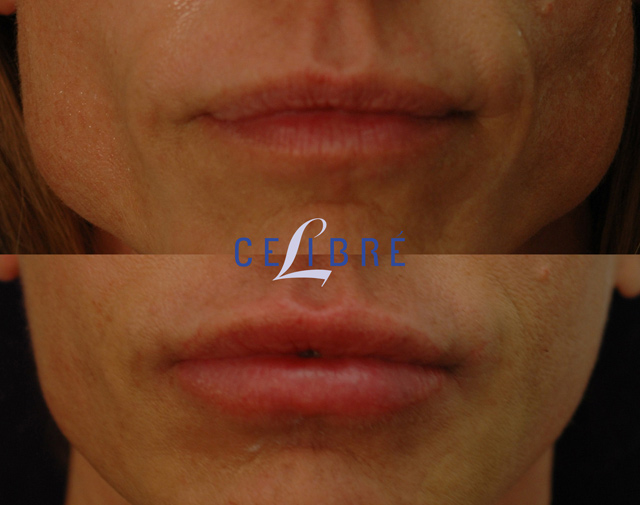




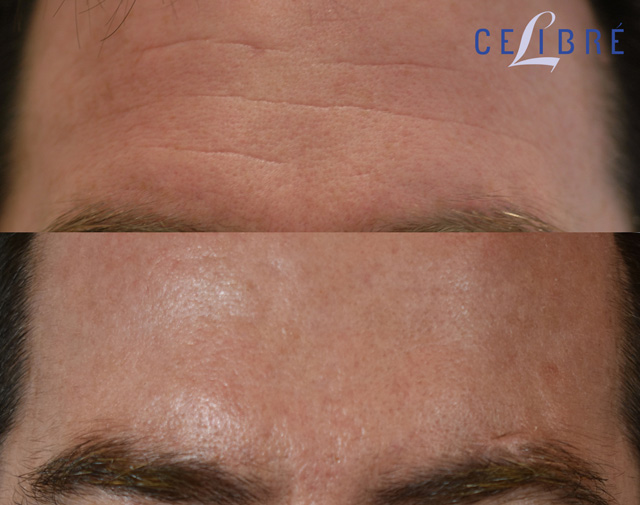
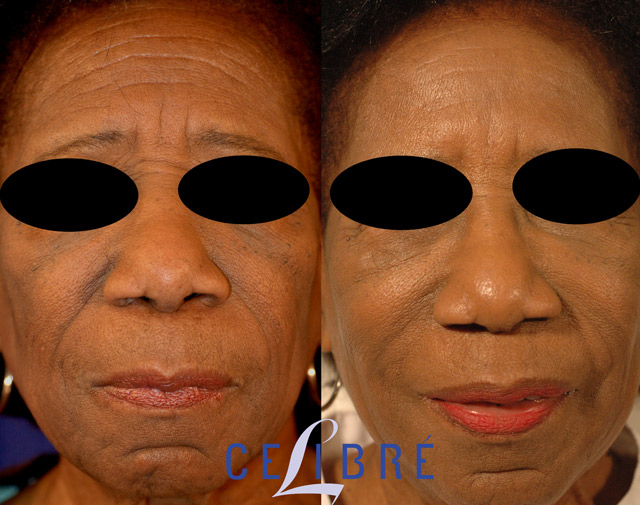
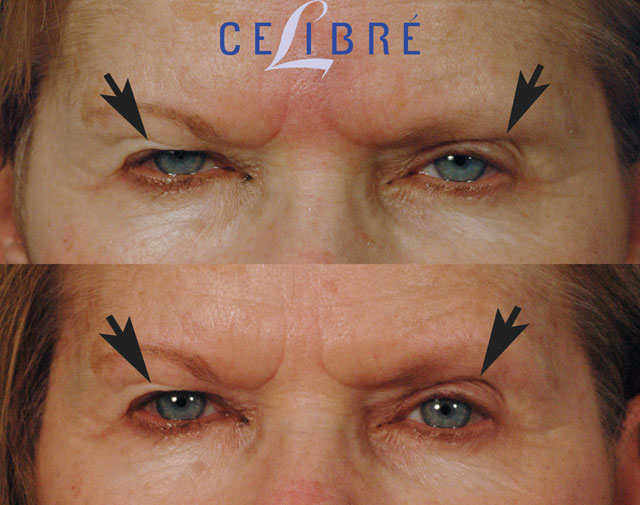
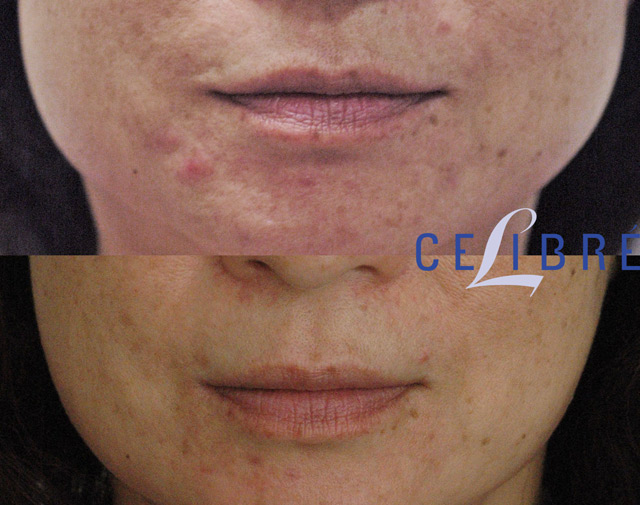
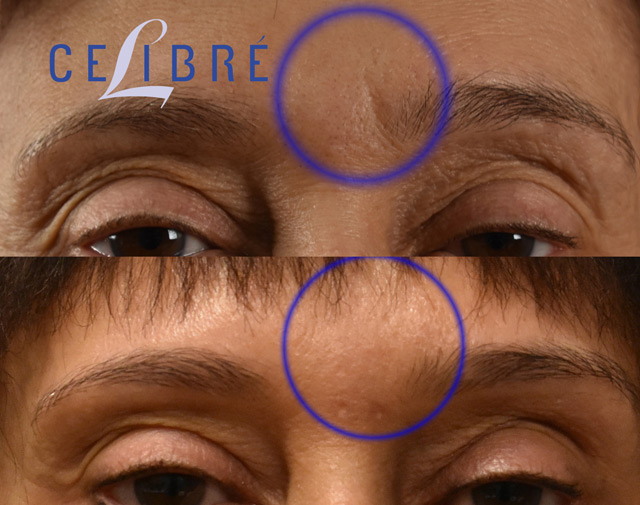
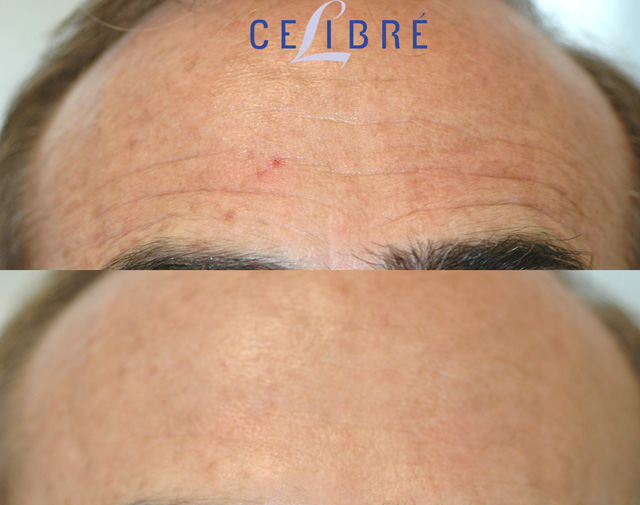
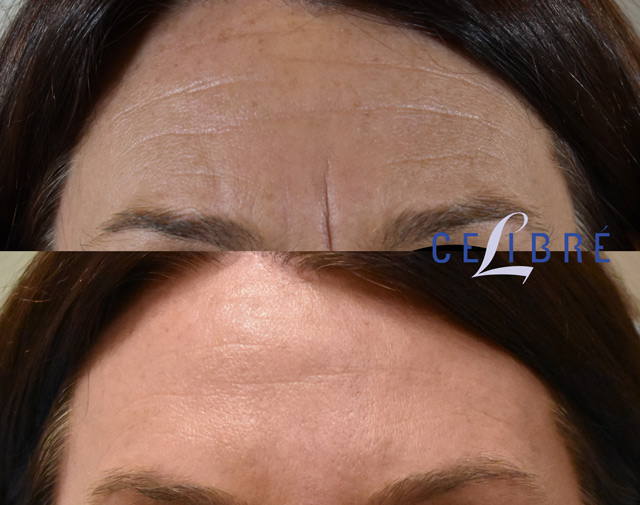
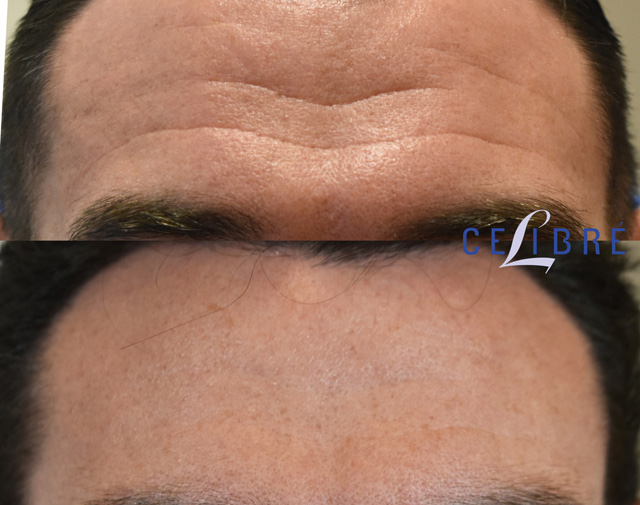
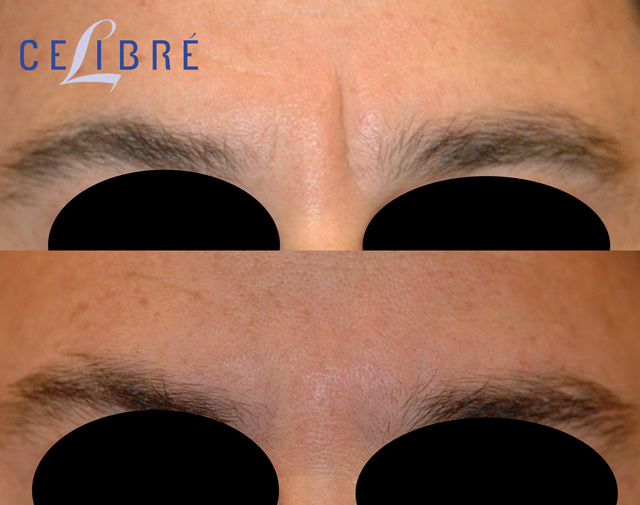
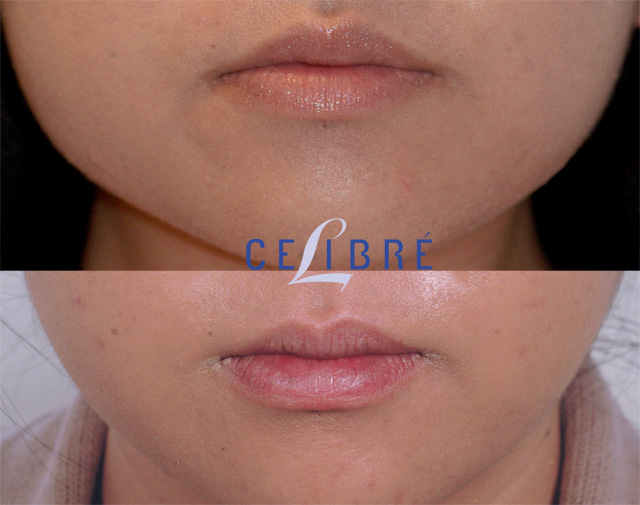
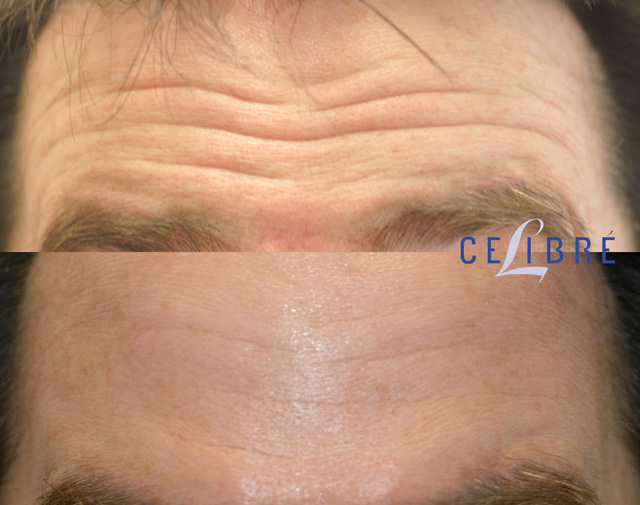
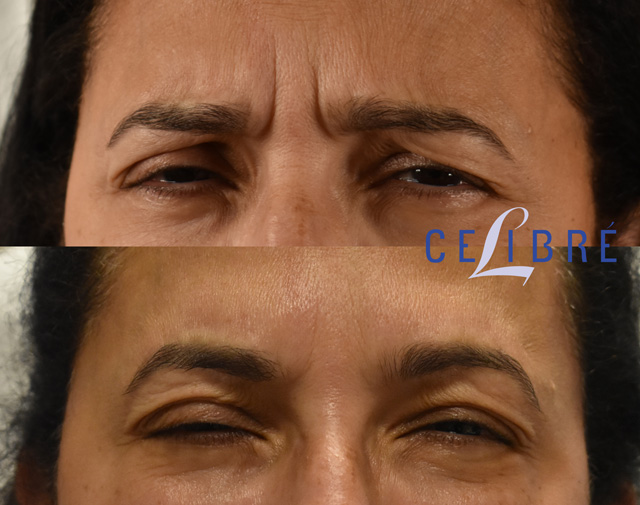
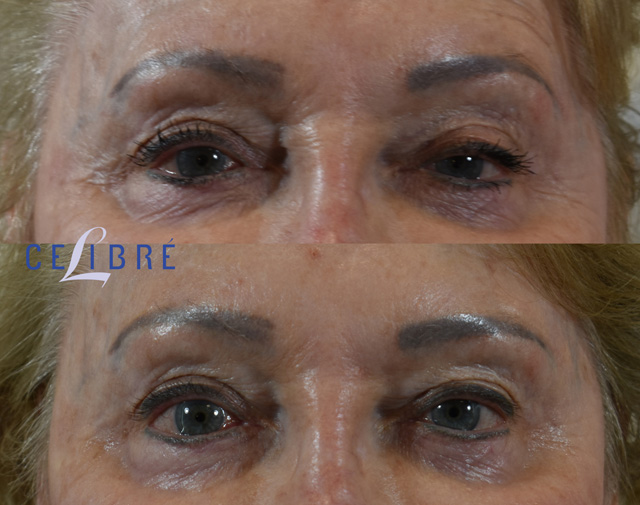
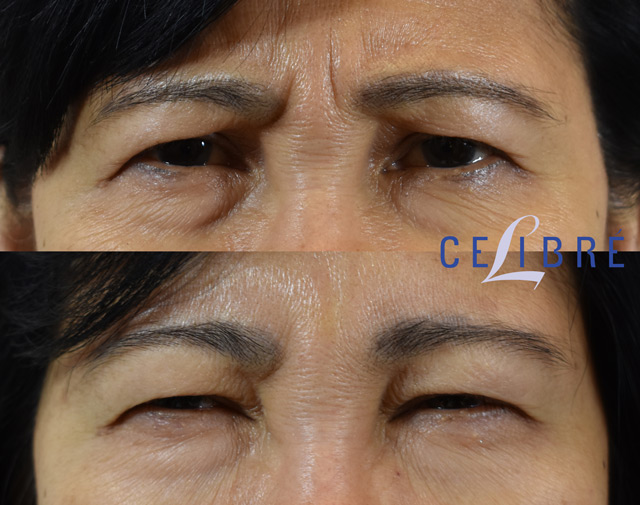
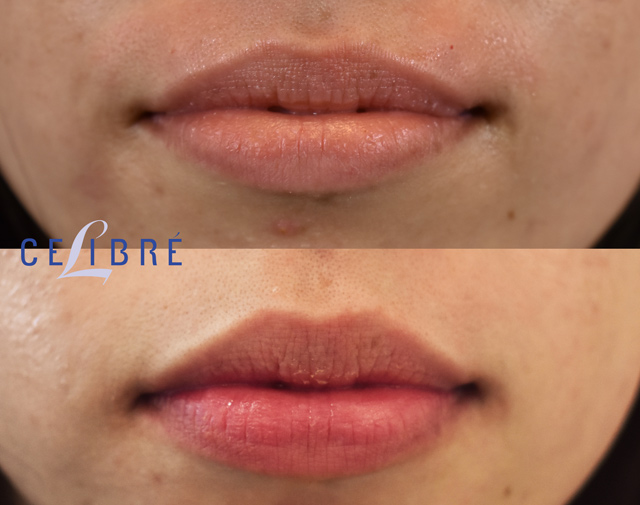
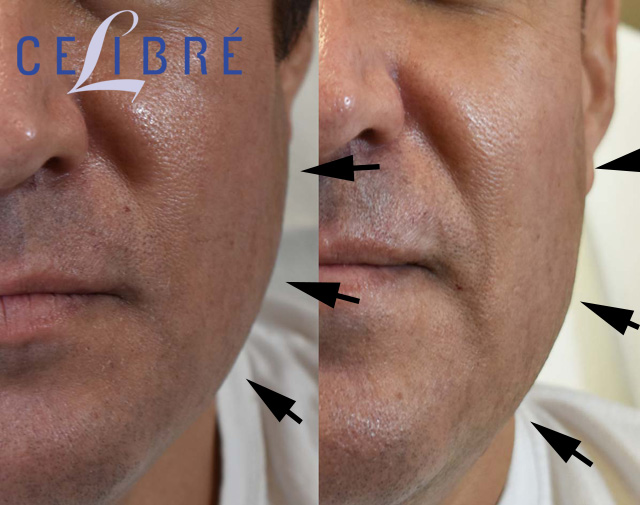
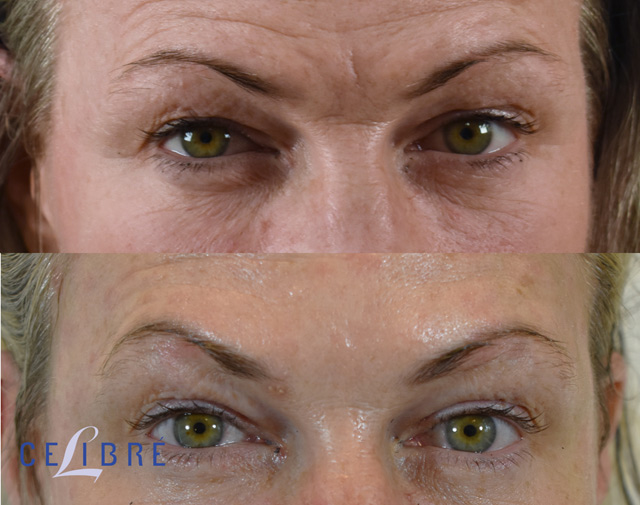
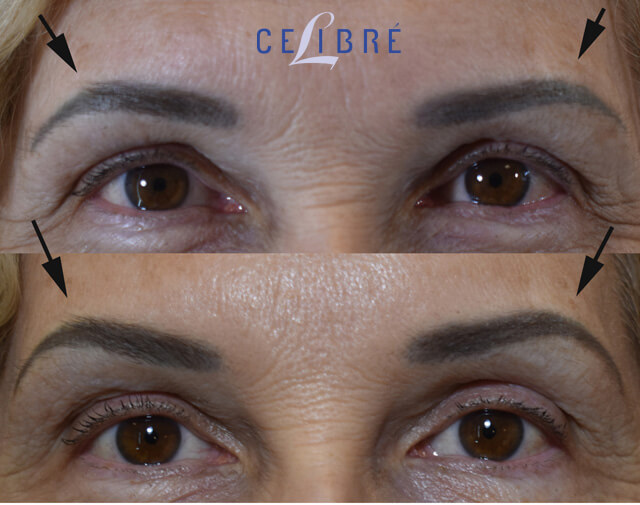
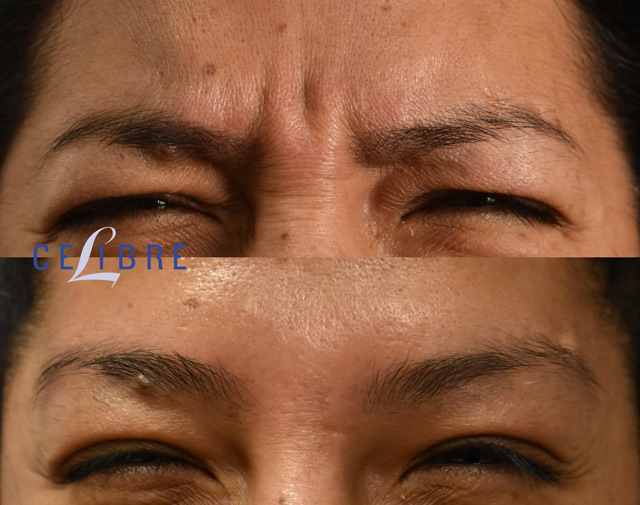
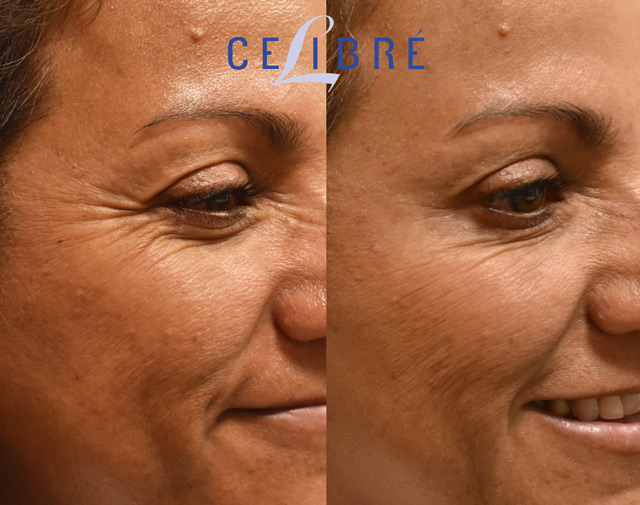
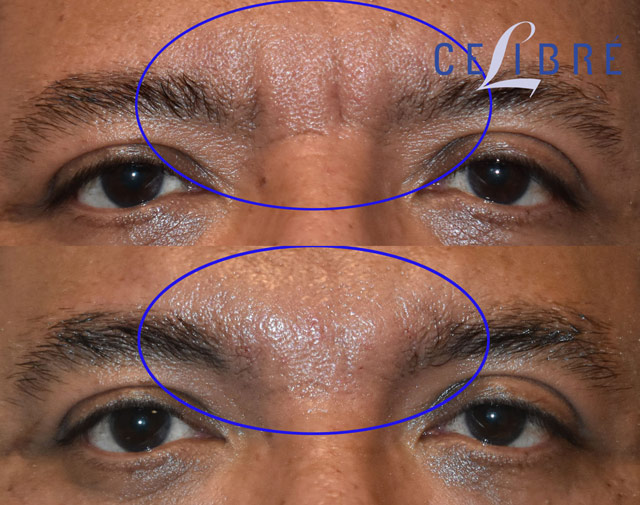

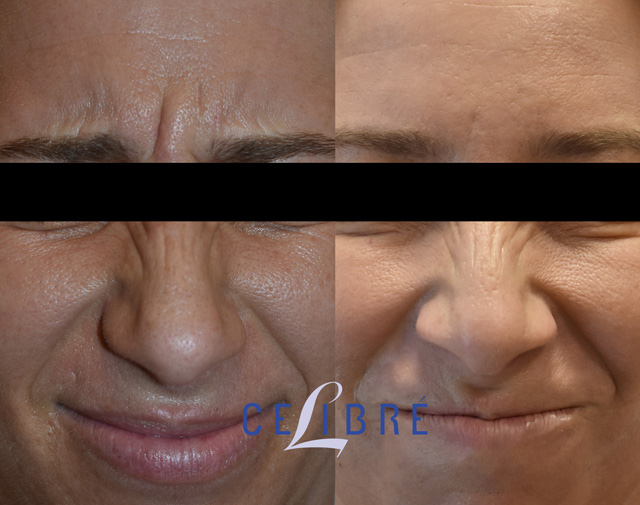
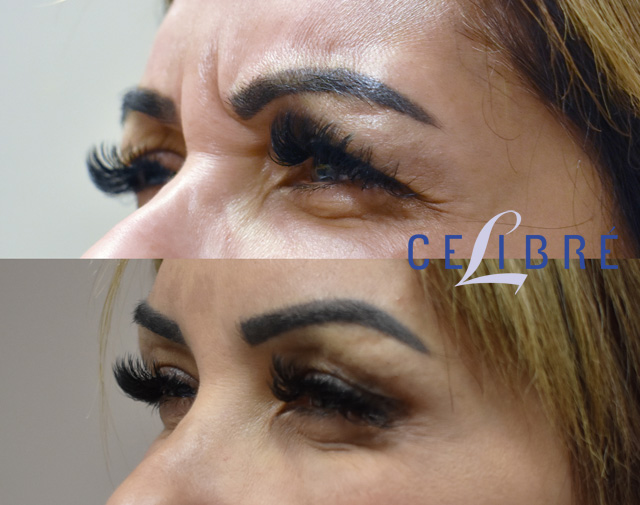
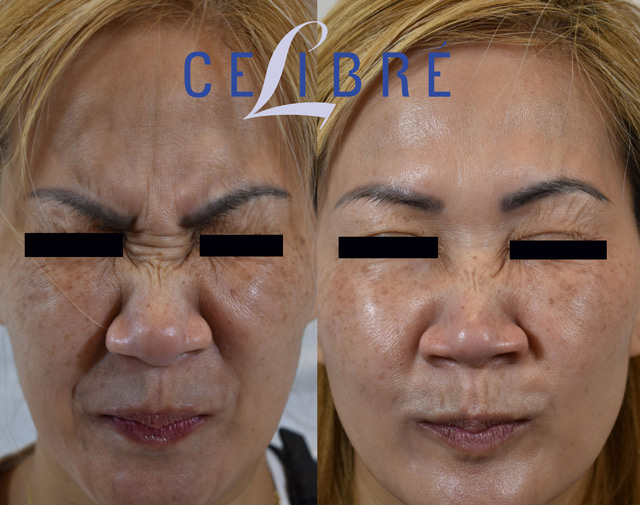
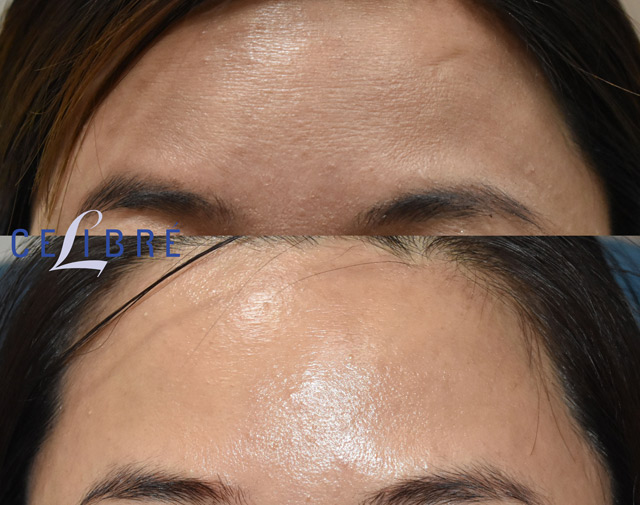
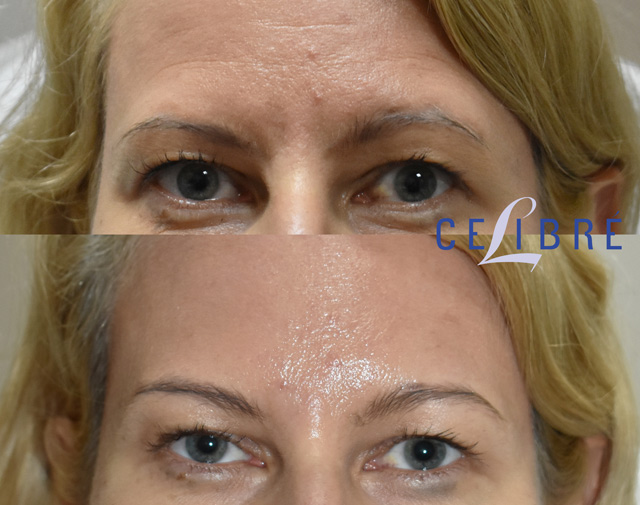

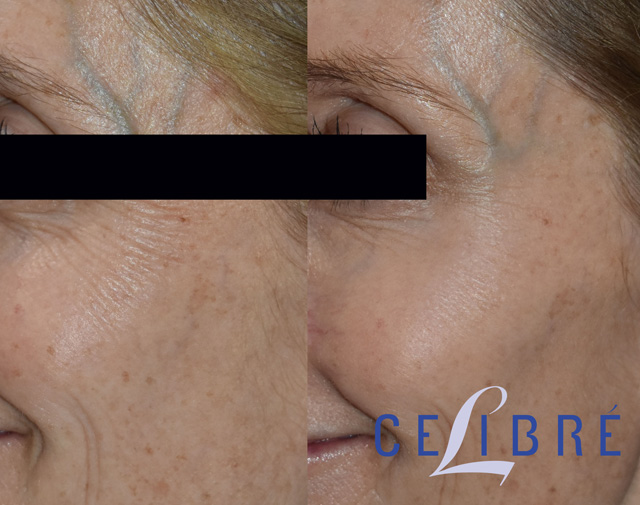
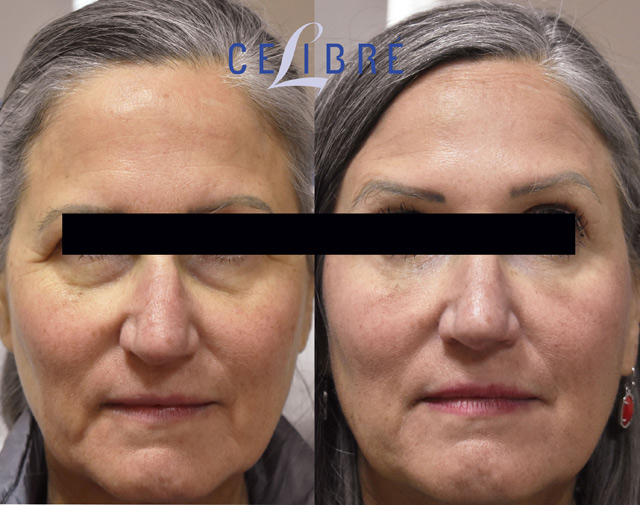
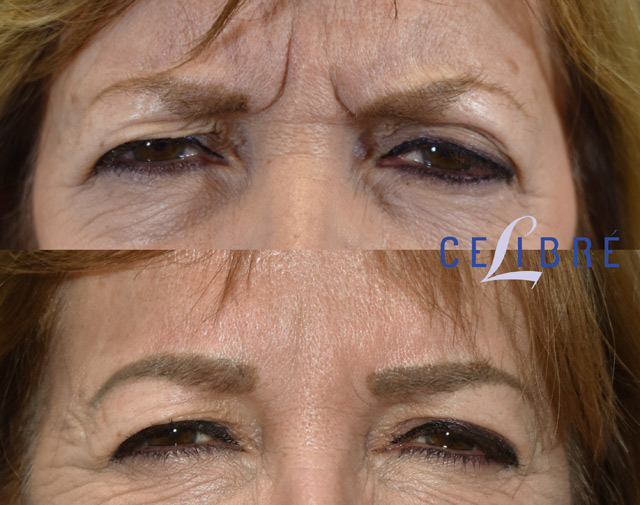
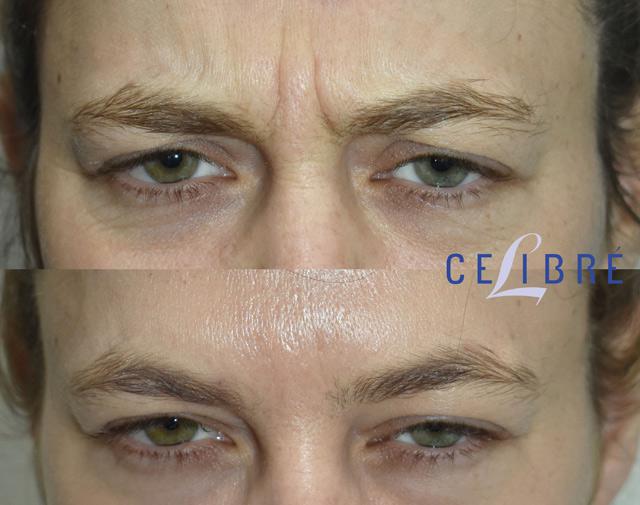
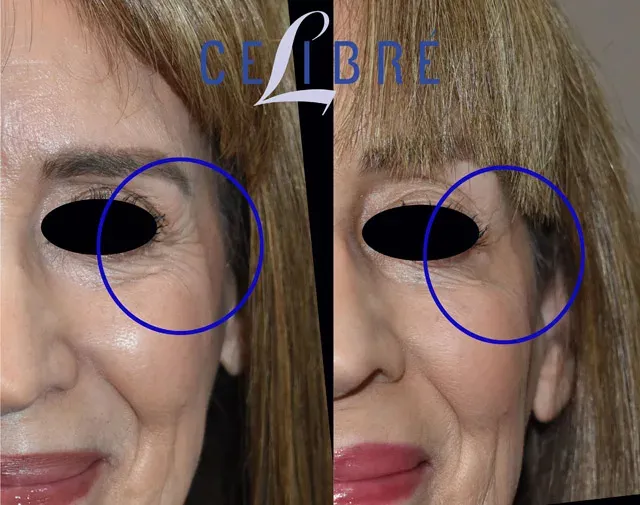
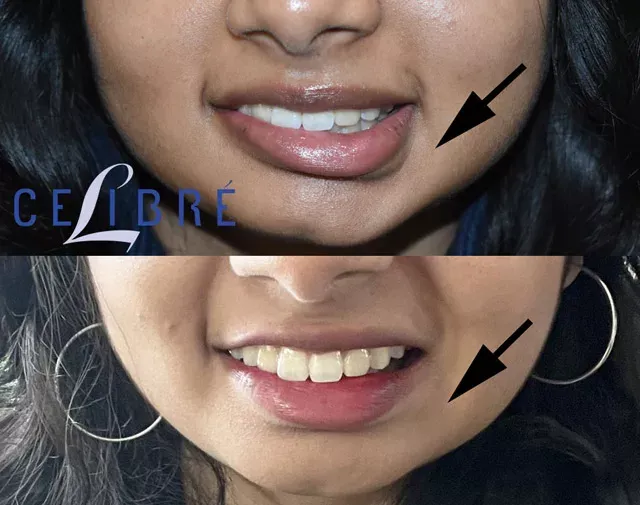
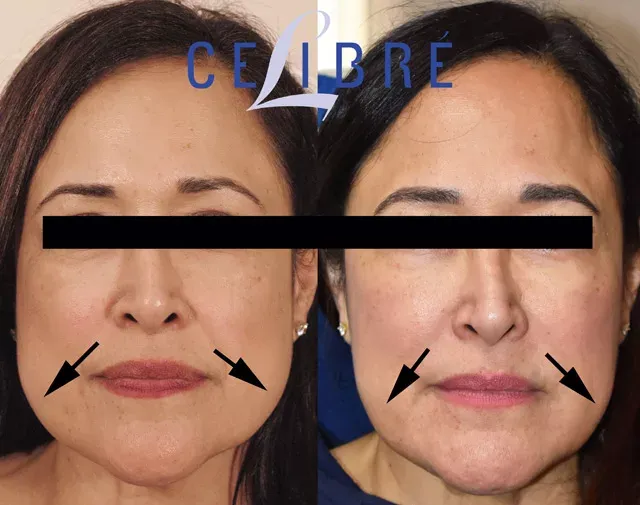
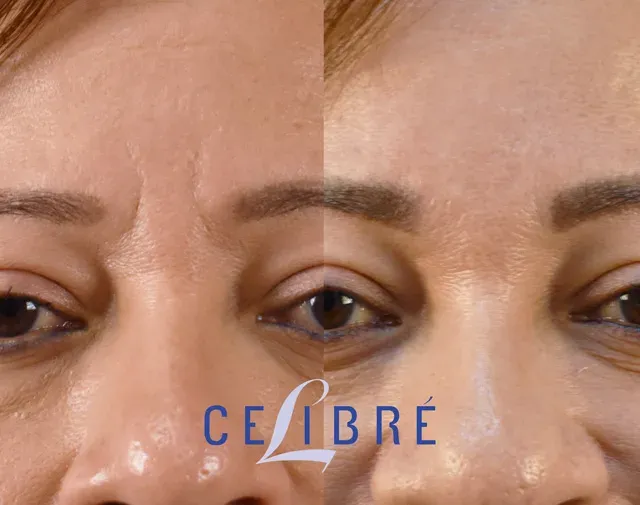
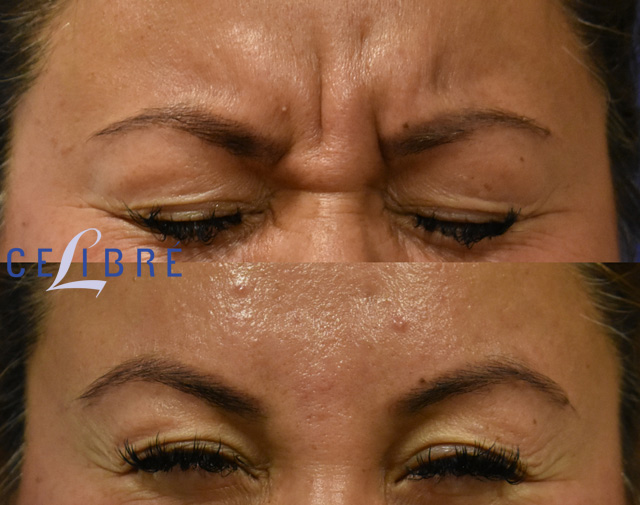
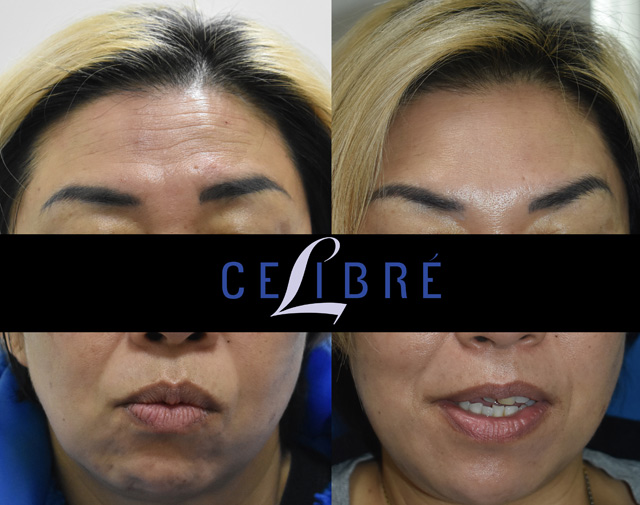
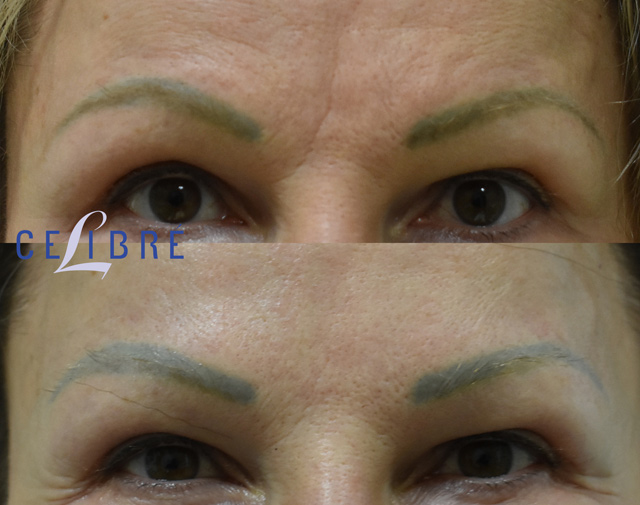
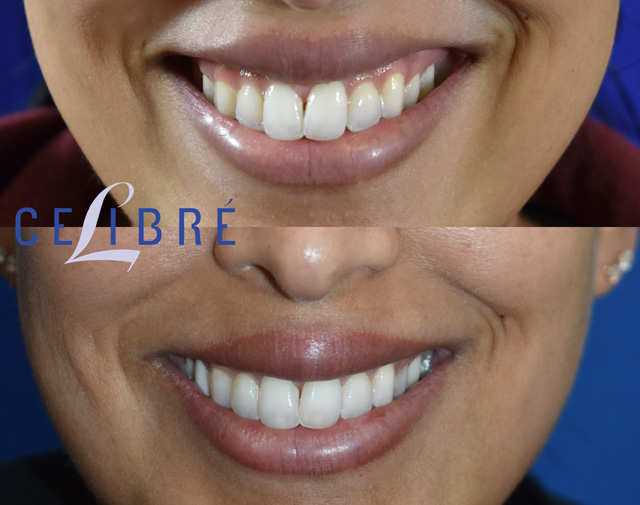
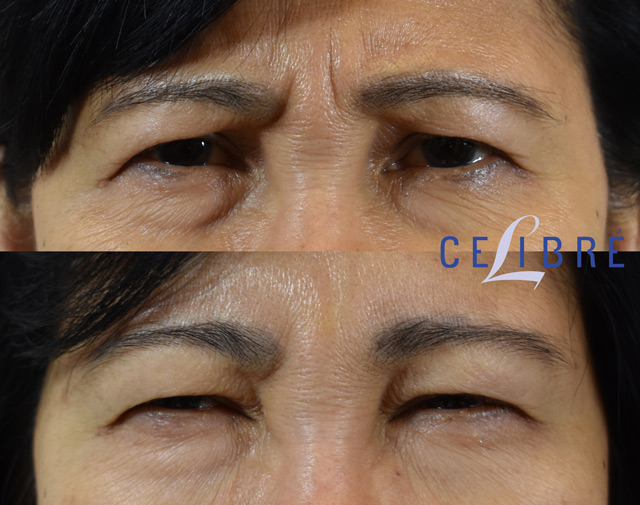
















































At Celibre Medical in Torrance, Dysport is priced between $12–$15 per unit, depending on treatment area and injector expertise. Most patients require 40–120 units per session (Dysport units are measured differently than Botox units).
Choosing Celibre for your Dysport treatments means trusting a team with the skill, safety standards, and track record to deliver results you’ll love.
All Dysport injections are performed by licensed medical professionals with advanced training in facial aesthetics. We have the expertise to create smooth, natural results that enhance your appearance.
With over 50,000 successful Dysport and other neuromodulator treatments, we’ve earned the trust of patients throughout Torrance and the Los Angeles area.
We’re proud to have more than 800 verified reviews across Google, Yelp, and Healthgrades, maintaining an outstanding 4.9 out of 5 average rating.
Your safety matters. We use authentic Dysport from FDA-approved sources — never off-brand products.
Our goal is to help you look younger and more rested without that “overdone” look.
We follow strict safety protocols and offer honest, pressure-free consultations so you feel confident in every step of your treatment.





For most people, Dysport lasts about 3 to 4 months. How long it works for you depends on the area treated, how much your muscles move, and how your body processes it. Many people schedule follow-up treatments to keep their results all year.
You’ll usually start to notice smoother skin within 2 to 3 days after your Dysport treatment. The full effect is often seen in about a week.
Yes. Dysport is FDA-approved and has been safely used for years. At Celibre Medical in Torrance, your treatment is always done by licensed medical professionals in a clean, professional setting.
Side effects are usually mild. Some people may have a little redness, swelling, or bruising where the injections were done, but this goes away in a few days. Serious side effects are rare, especially when Dysport is done by an experienced injector.
If you’re searching for “Dysport near me” in Torrance, you’ve found the right place. Celibre Medical serves patients throughout Torrance, Redondo Beach, Carson, and Palos Verdes. Our clinic is conveniently located, and we offer same-day consultations so you can get started without delay.